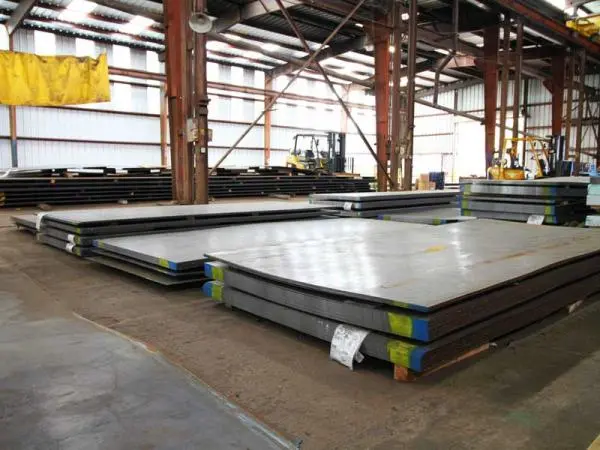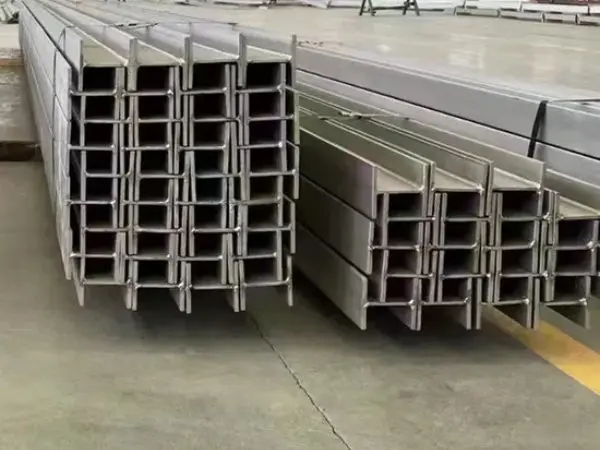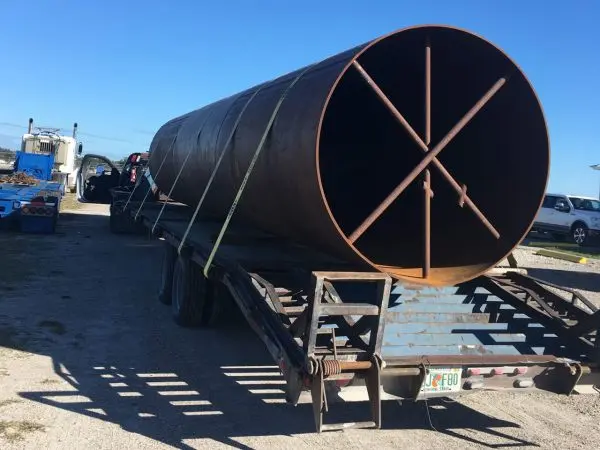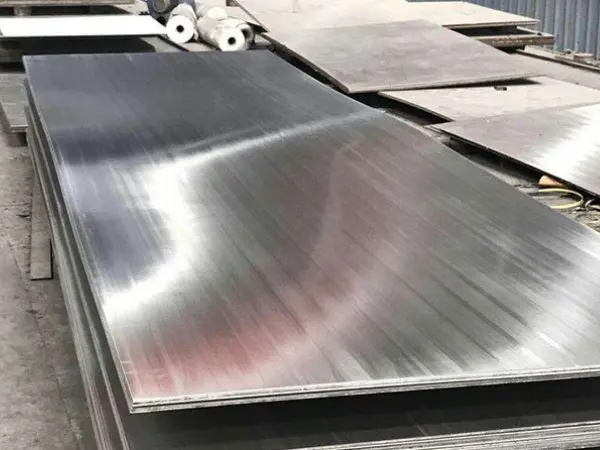- Phone0086 731 8564 8255
- E-mailsales@cscsteel-manufacturing.com
-

The heat treatment processes for carbon steel plates include annealing, normalizing, quenching, tempering, surface heat treatment, and cold treatment. Each process is tailored to specific steel types, performance requirements, and usage conditions, ensuring the steel plate meets the desired properties for its application.
Continental Steel Co., Ltd is professional carbon steel plates manufacturer, for more details, please contact:sales@cscsteel-manufacturing.com
Heat Treatment Processes for Carbon Steel Plates:
Annealing
Annealing is the most commonly used heat treatment process. The steel plate is heated to a specific temperature, held there for a set period, and then slowly cooled to room temperature. This process primarily aims to relieve stress, adjust the internal structure, and enhance machinability.
Normalizing
Normalizing involves heating the steel plate to a predetermined temperature, maintaining it for a period, and then air-cooling. The goal is to refine the grain structure, improving both the strength and toughness of the steel.
Quenching
In quenching, the steel plate is heated to a high temperature, held for a period, and then rapidly cooled, typically by immersion in water or oil. This process improves the hardness, strength, and wear resistance of the steel.
Tempering
After quenching, tempering is performed by reheating the steel plate to a lower temperature. This process reduces the brittleness caused by quenching and enhances the material's toughness and ductility.
Surface Heat Treatment
Surface heat treatment involves heating the surface of the steel plate using methods like high-frequency quenching, carburizing, and nitriding. The primary purpose is to improve wear resistance and corrosion resistance by hardening the surface layer.
Cold Treatment
Cold treatment involves subjecting the steel plate to low temperatures to increase its hardness and strength. This process is particularly effective for achieving greater material durability.
Benefits of Heat Treatment for Carbon Steel Plates:
Improved Mechanical Properties
Heat treatment processes can significantly enhance the hardness, strength, and toughness of steel, tailoring it to meet specific application needs. For instance, quenching and tempering improve wear resistance while maintaining adequate plasticity.
Stress Relief
Heat treatment can eliminate internal stresses developed during the manufacturing process, preventing deformation or cracking in the material during future use or further processing.
Improved Machinability
Processes like annealing and normalizing can lower the steel's hardness, increasing its plasticity and improving machinability, making it easier to process in manufacturing.
Grain Structure Refinement
Annealing and normalizing help refine the grain structure of steel, enhancing the material's overall uniformity and performance.
Size and Shape Stability
Heat treatment can stabilize the steel's size and shape, ensuring consistency during subsequent processing stages and usage.
Enhanced Corrosion Resistance
For special steel grades like stainless steel, heat treatment can enhance corrosion resistance. For example, solution heat treatment can prevent intergranular corrosion, particularly in stainless steels.
Preparation for Further Processing
Heat treatment can improve the metallurgical structure, preparing the material for additional processes like surface treatment or other heat treatments. For example, quenching and tempering can prepare the steel for surface quenching or nitriding to minimize deformation.
Improved Wear Resistance and Fatigue Strength
Surface heat treatments like carburizing and nitriding increase the hardness and wear resistance of the steel's surface, while also boosting its fatigue strength.
Optimized Physical Properties
Heat treatment can also optimize physical properties such as magnetism and electrical conductivity, tailoring the material to specific engineering applications.
In summary, the choice of heat treatment process depends on the steel type, performance requirements, and environmental factors. In industrial production, selecting the most appropriate heat treatment process is essential to ensure that the carbon steel plate meets the demands of its specific application.




